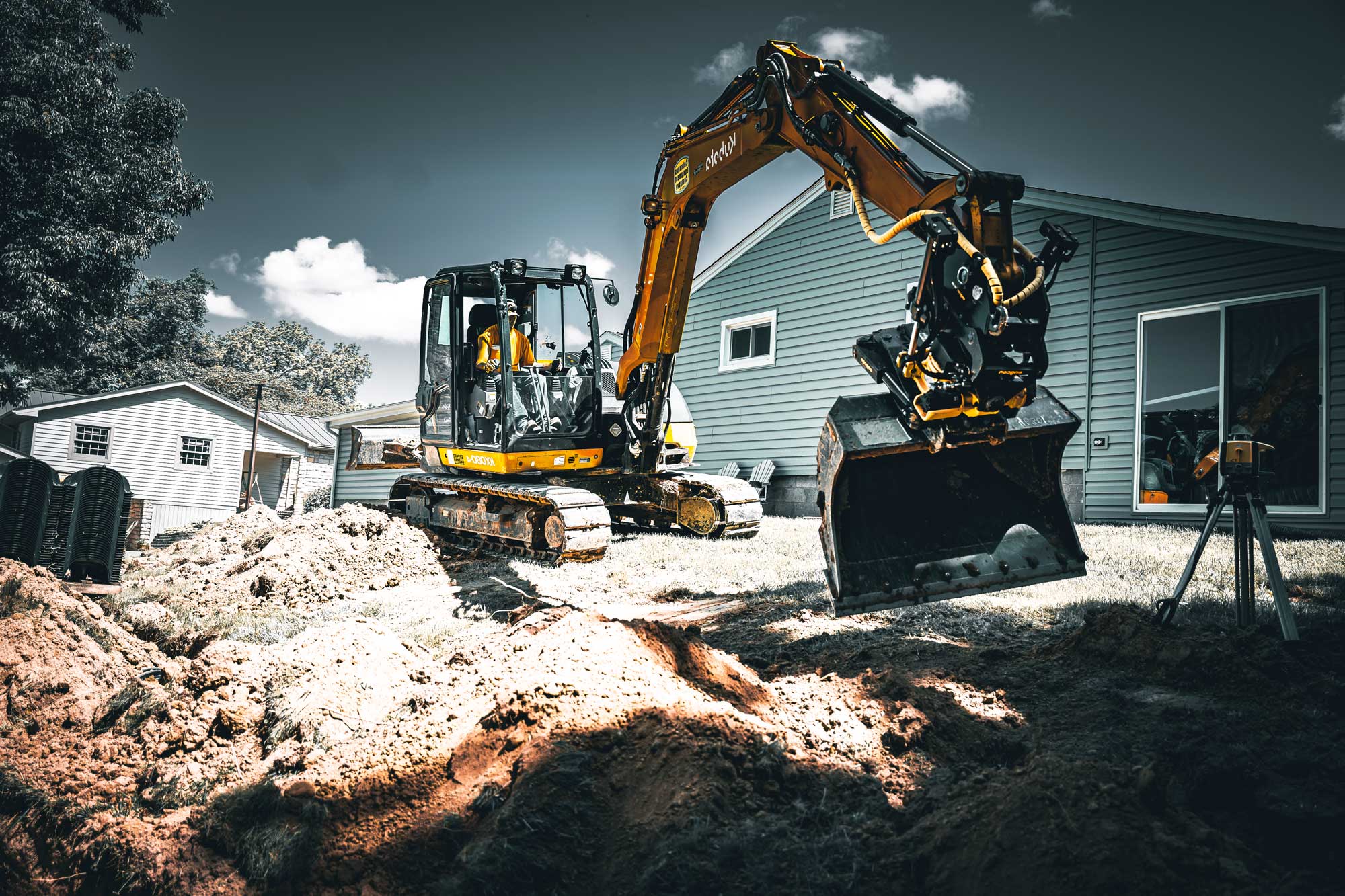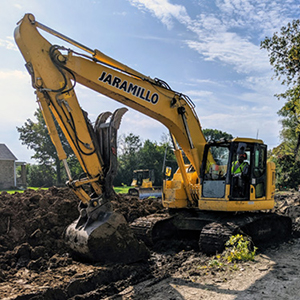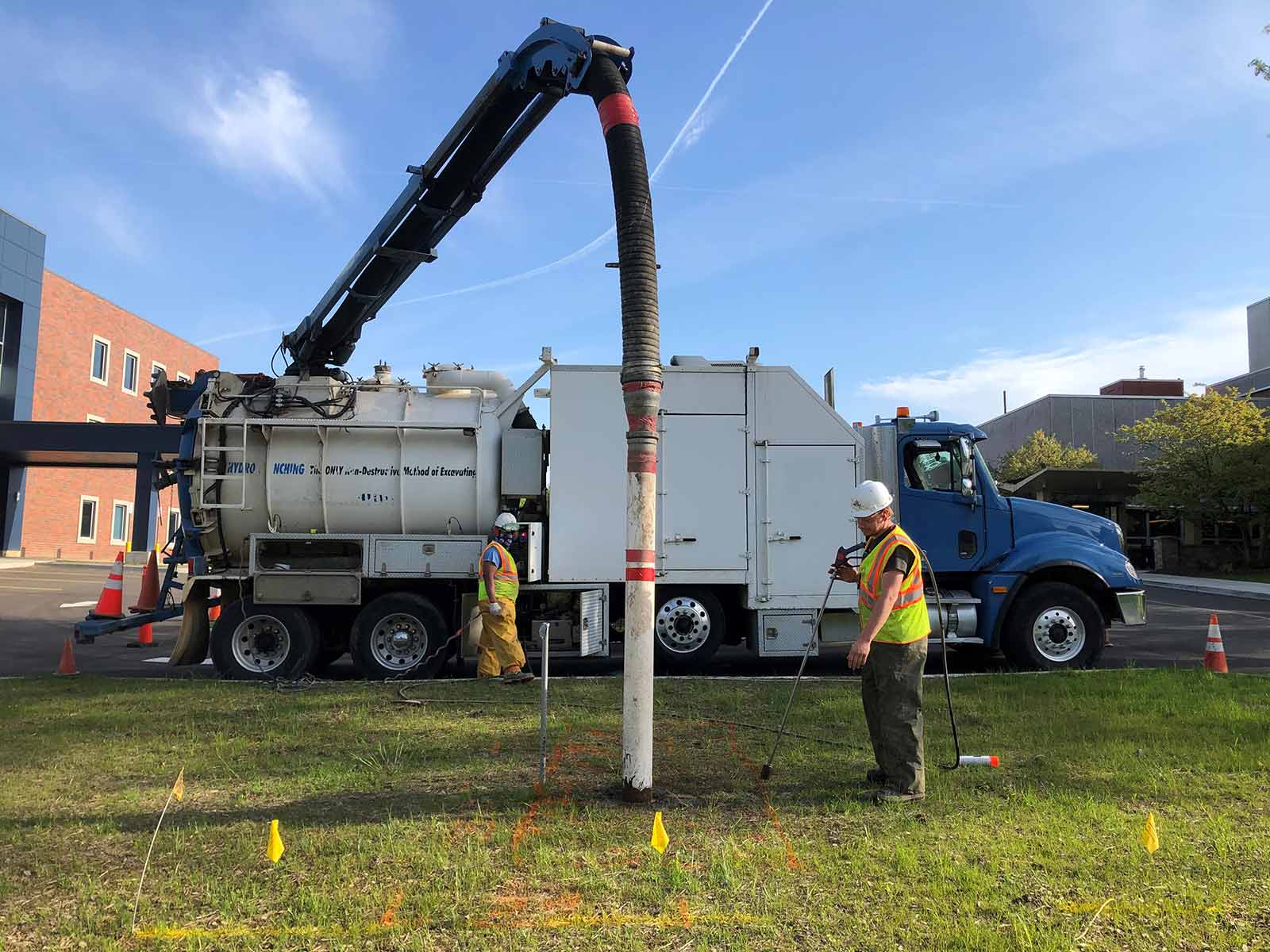Commercial Lancaster Trenching - Trenching Services for Businesses in Lancaster
Commercial Lancaster Trenching - Trenching Services for Businesses in Lancaster
Blog Article
Comprehensive Exploration: The Science Behind Superior Excavation Practices
From ancient hand tools to modern hydraulic excavators, the evolution of excavation strategies has actually been a testimony to human ingenuity and technological advancements. What absolutely establishes remarkable excavation methods apart is a deep understanding of geological principles, coupled with the application of innovative tools and approaches.
Evolution of Excavation Strategies
Throughout background, the evolution of excavation strategies has actually played a critical function in advancing building and construction practices and archaeological explorations. From the fundamental devices made use of by our ancestors to the sophisticated equipment utilized in modern-day times, the development of excavation methods has actually substantially transformed just how we approach numerous jobs.
In old times, hands-on labor with basic devices such as pickaxes, wheelbarrows, and shovels was the primary approach of excavation. This labor-intensive process restricted the depth and range of excavations, frequently causing slow progression and restricted access to particular sites. Nonetheless, as worlds progressed, so did the techniques and devices utilized for excavation.
The Industrial Revolution marked a transforming point in excavation methods with the intro of steam-powered machinery. This advancement revolutionized the field, permitting faster and more substantial excavations. In modern times, modern technology plays a pivotal function in excavation, with innovations like GPS systems, drones, and 3D scanning improving accuracy and performance in the field. The development of excavation strategies remains to form the method we develop, discover, and understand the world around us.
Function of Innovation in Excavation

The integration of cutting-edge technology has fundamentally revolutionized the field of excavation, boosting precision and performance to extraordinary degrees. One of the key technical innovations that has actually dramatically influenced excavation methods is the usage of GPS systems. These systems permit precise mapping of excavation websites, allowing operators to properly find underground energies and structures. Additionally, using telematics in excavation devices has actually allowed real-time surveillance of device performance, causing aggressive upkeep and boosted operational performance.
Moreover, the arrival of 3D modeling and simulation software application has structured the planning process for excavation jobs. Engineers and operators can now imagine the whole excavation procedure before beginning, maximizing and identifying prospective obstacles operations. Along with this, the execution of drones in excavation tasks has helped with aerial studies, volumetric dimensions, and website evaluations with unequaled rate and precision.
Geological Principles in Excavation
An understanding of geological principles is necessary for making certain the structural integrity and stability of excavation sites. Geological aspects play a crucial role in identifying the expediency and safety and security of excavation projects (lancaster trenching). One vital geological concept to consider is the kind of dirt or rock existing at the website. Various dirt types, such as crushed rock, clay, or sand, have varying degrees of security and need different excavation methods. Natural dirts like clay might need extra support to prevent collapses, while sandy soils might be vulnerable to disintegration during excavation.
By performing extensive geological studies and analysis, designers and excavators can develop approaches to mitigate dangers and ensure the successful conclusion of excavation projects. Eventually, including geological principles right into excavation techniques is important for attaining safe, effective, and lasting outcomes.

Most Current Devices for Excavation
In the realm of excavation practices, contemporary developments in tools have changed the efficiency and precision of excavation processes. One of the current tools making waves in the industry is the use of drones geared up with sophisticated imaging modern technology. These drones can give detailed aerial surveys of excavation sites, offering real-time data on topography and prospective dangers. This details aids in much better planning and decision-making during the excavation process.
One more cutting-edge tool acquiring popularity is the implementation of 3D printing technology for creating custom-made excavation equipment. This enables the manufacturing of specialized tools that are customized to the specific requirements of a task, raising efficiency and reducing downtime.
Moreover, developments in products science have led to the advancement of more powerful and a lot more long lasting excavation tools. lancaster trenching. Tungsten carbide-tipped excavator accessories, as an read example, offer remarkable performance in difficult ground problems, improving performance on-site
Science's Effect on Excavation Practices

Furthermore, clinical research on soil technicians and geotechnical engineering has supplied valuable insights into dirt actions, allowing excavation experts to make enlightened choices concerning excavation techniques and dirt stablizing techniques. In general, science proceeds to drive technology and improvement in excavation practices, making excavation jobs a lot more reliable, cost-efficient, and sustainable.

Final Thought
Finally, the development of excavation techniques has been substantially influenced by innovations in modern technology and a much deeper understanding of geological principles. The most up to date tools and tools utilized in excavation have boosted performance and precision in the field. The application of clinical understanding has significantly boosted excavation methods, resulting in more sustainable and reliable methods for digging deep into different kinds of products.
In the world of excavation techniques, modern advancements in devices have transformed the effectiveness and precision of excavation procedures. By leveraging clinical concepts, the excavation market has been able to significantly boost performance, precision, and security in excavation procedures. GPR enables excavation teams to non-invasively scan and map subsurface frameworks, energies, and possible threats, enabling them to prepare excavation projects with greater precision and lowered threat of mishaps.
Furthermore, scientific research on dirt technicians and geotechnical engineering has navigate here provided valuable understandings right into soil habits, allowing excavation specialists to make enlightened choices concerning excavation methods and dirt stablizing methods. Generally, science proceeds to drive advancement and enhancement in excavation practices, making excavation tasks a lot more efficient, cost-effective, and sustainable.
Report this page